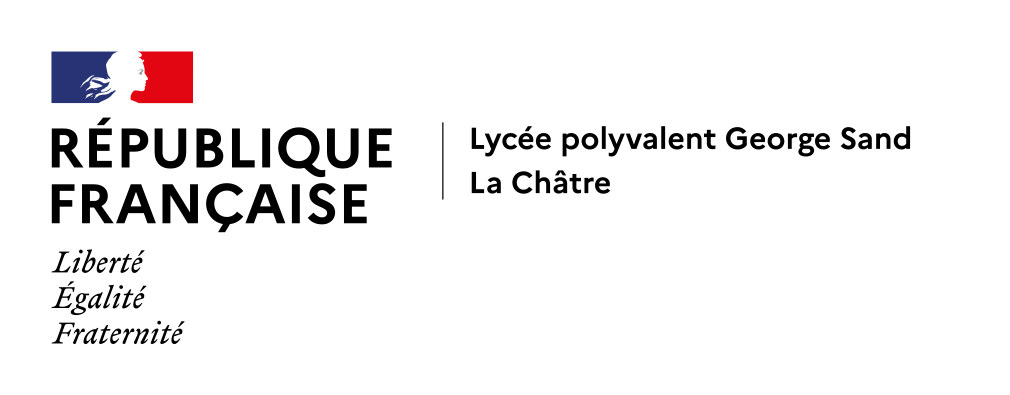
Representation of the American Dream through the work of Norman Rockwell
Norman Rockwell ( born 1894, New Jersey ) was not only a keen observer of the everyday reality of XXth century American life, he has also greatly contributed to shape the representation that Americans had ( and still have ) of themselves.
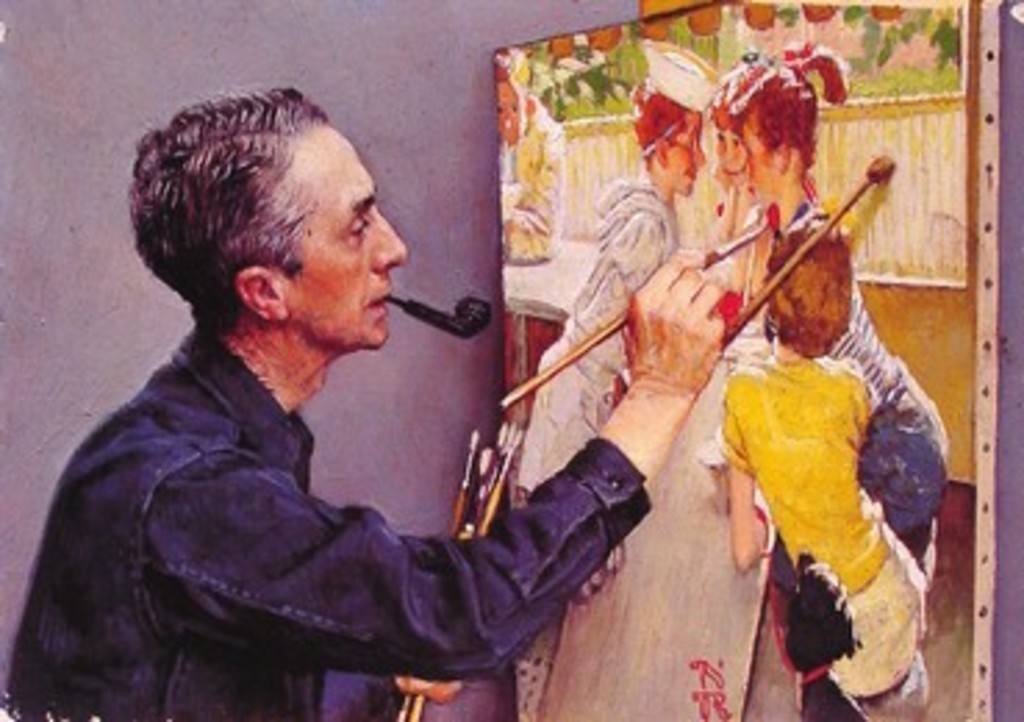
- Norman Rockwell’s self portrait, working on a Saturday Evening Post cover
His most famous paintings in that respect are probably the Four Freedom series, which were published by the Saturday Evening Post during four consecutive weeks, and were a response to President FD Roosevelt’s 1941 State of the Union Speech.
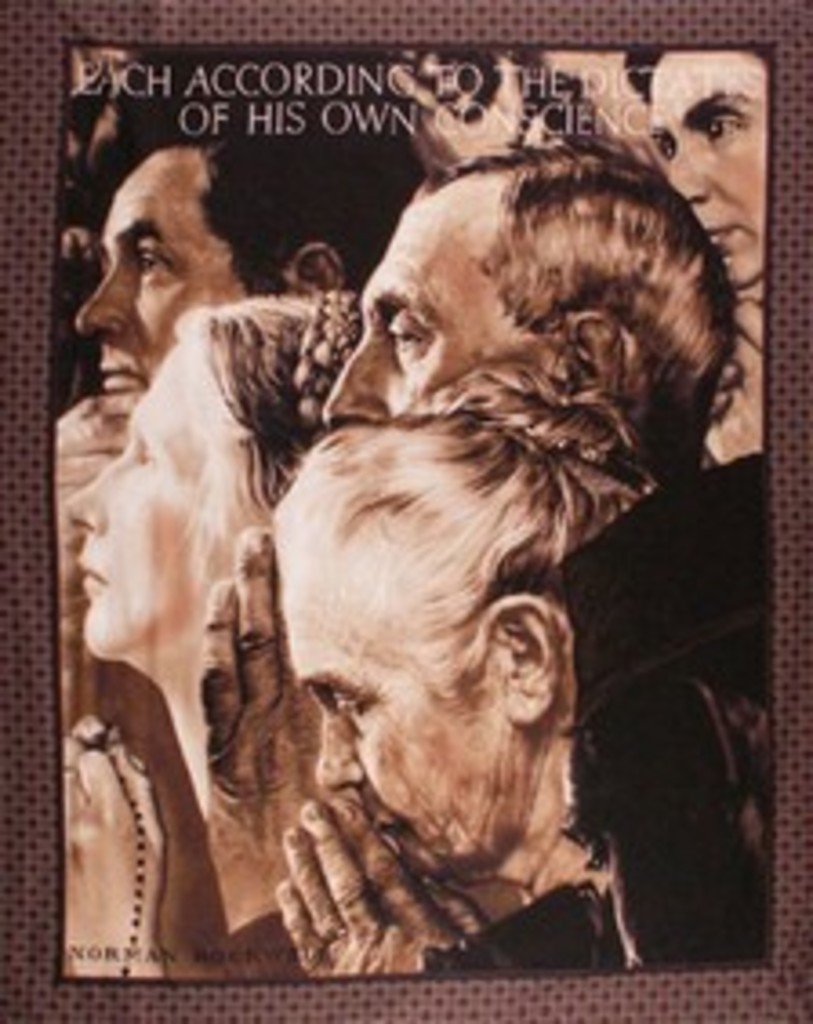
- Freedom of Worship
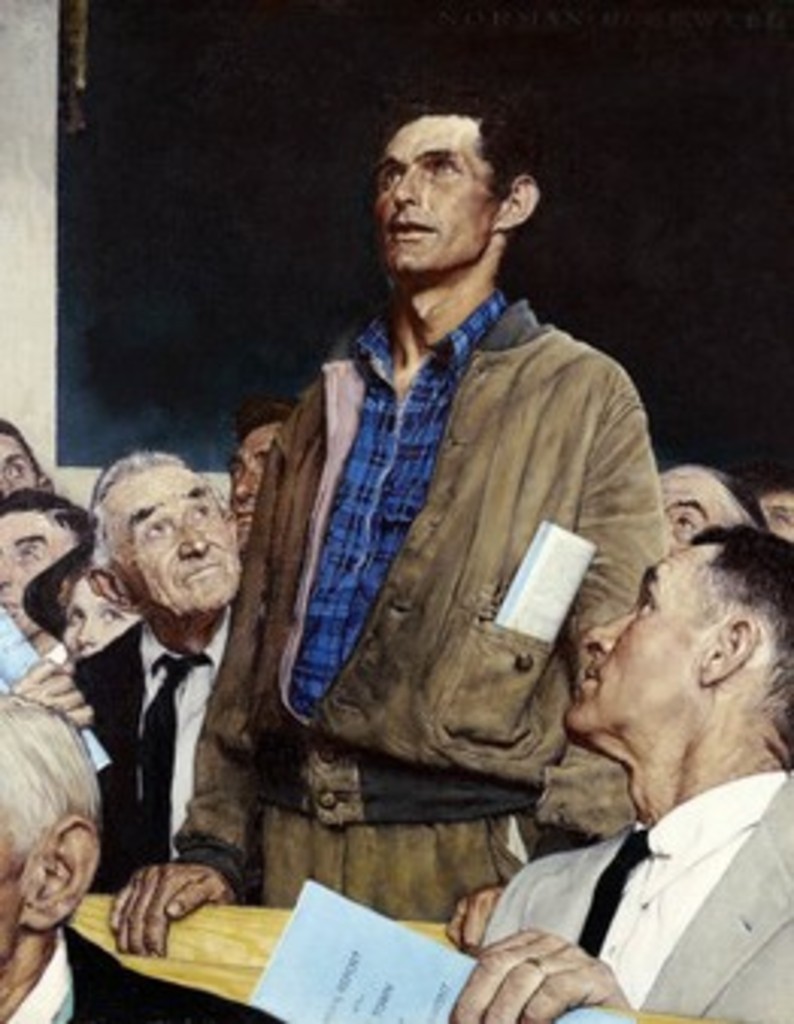
- Freedom of Speech
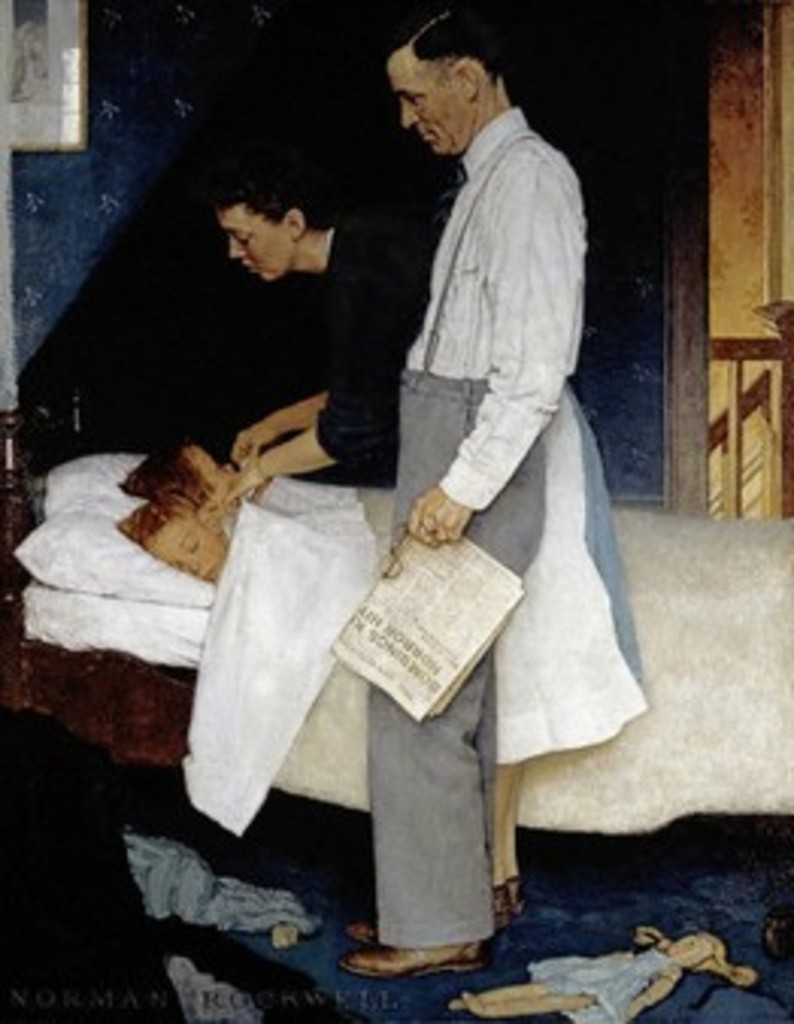
- Freedom from Fear
In this speech, FD defined the four fundamental freedoms that every nation should be able to enjoy : Freedom of Speech, Freedom of Religion, Freedom from Want, Freedom from fear. This speech, which can be considered as a precursor of the Universal Declaration of Human Rights, has a universal appeal, but is also a clear reflection of American values, and of American exceptionalism ( the theory according to which Americans are a special people with a special destiny to lead the world toward liberty and democracy )
Norman Rockwell’s Four Freedoms were very popular, and were commonly displayed in post offices, schools, clubs, railroad stations, and a variety of public and semi-public. Freedom from Want is commonly referred to as "Norman Rockwell’s Thanksgiving" :
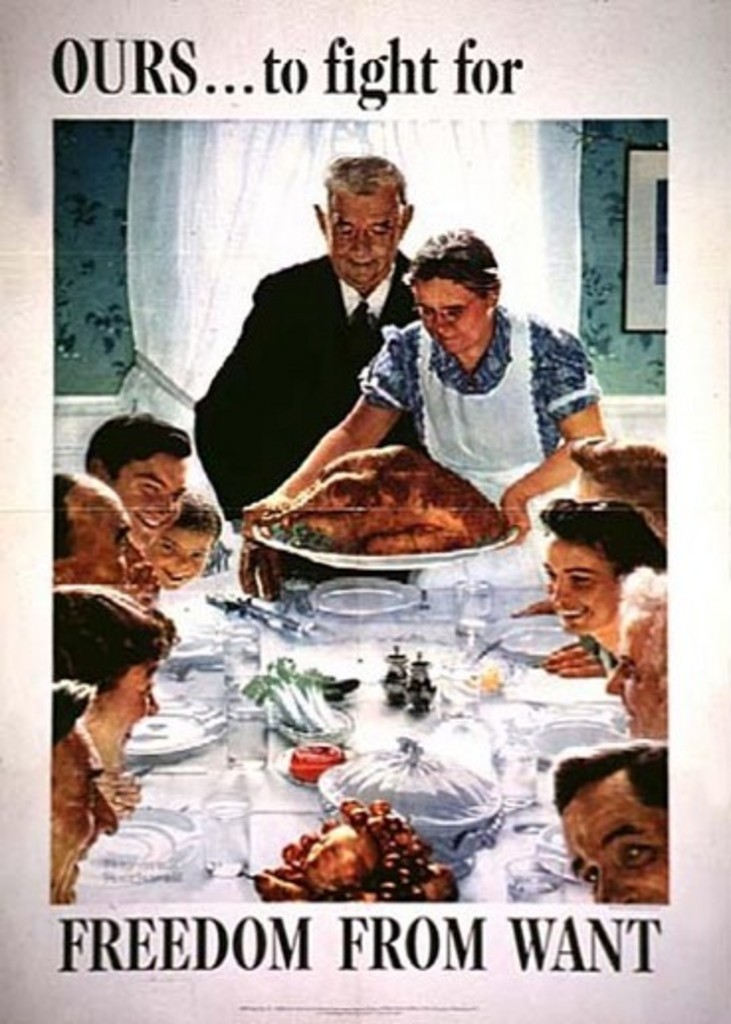
- Freedom from Want
These pictures are probably the best example of how a popular artist has expressed a nation’s sense of its own identity.
- Podcast et RSS
- Plan
- Mentions
- Rédaction
- Se connecter

-
2009-2025 © Lycée George-Sand La Châtre - Tous droits réservés
Ce site est géré sous SPIP 3.2.19 et utilise le squelette EVA-Web 4.2

Dernière mise à jour : lundi 24 janvier 2022

